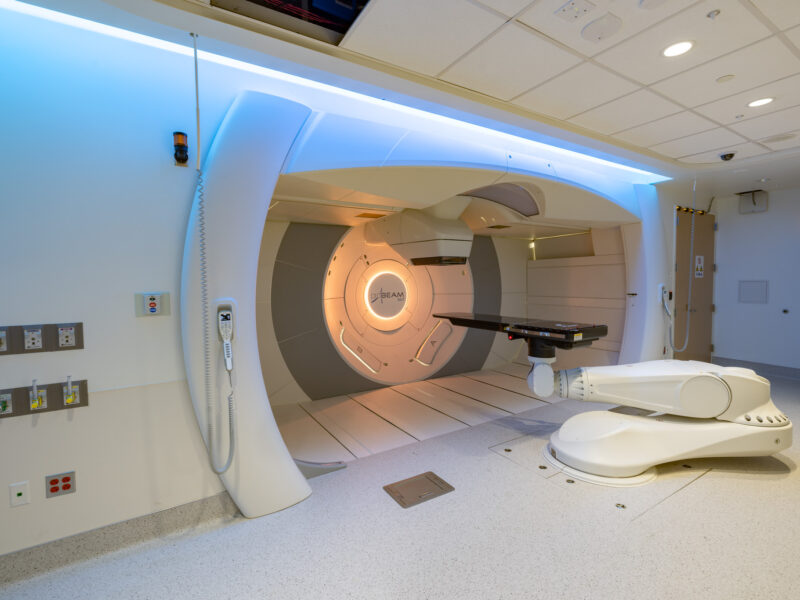Helping Children With Sickle Cell Disease Adhere to Their Medication
Helping Children With Sickle Cell Disease Adhere to Their Medication https://pediatricsnationwide.org/wp-content/uploads/2020/04/AdobeStock_285013561_header-1024x575.jpg 1024 575 Mary Bates, PhD Mary Bates, PhD https://secure.gravatar.com/avatar/c6233ca2b7754ab7c4c820e14eb518c8?s=96&d=mm&r=g- April 10, 2020
- Mary Bates, PhD

Mobile intervention increases medication adherence in the children who engage with it.
A study published in JMIR mHealth uHealth shows that an electronically delivered intervention can improve medication adherence in children with sickle cell disease.
Hydroxyurea is a life-changing medication for children with sickle cell disease (SCD). However, many patients may not consistently receive their hydroxyurea.
To overcome some of the adherence barriers, researchers at Nationwide Children’s Hospital recently tested the effectiveness of Mobile Directly Observed Therapy (Mobile DOT), an electronic hydroxyurea adherence intervention for children with SCD. Mobile DOT sends daily text message reminders to patients to take their medicine. Then, patients record and send daily videos of their medication adherence to the research team, who provides them with feedback. Patients also receive small monetary incentives if they achieve high hydroxyurea adherence.
The team compared patients’ hydroxyurea adherence during the six months that they received Mobile DOT to their adherence six months before and after the intervention. They also looked at the impact of the intervention on laboratory markers, including fetal hemoglobin and mean corpuscular volume.
“We found that significantly more patients improved their adherence when they were receiving the intervention than when they were not,” says Susan Creary, MD, a hematologist in the Sickle Cell and Thalassemia Program at Nationwide Children’s and the study’s first author. “But that was only the case in those who actually engaged with the intervention. Patients who consistently participated throughout the six months were the ones who improved their adherence.”
Additionally, engaged participants’ fetal hemoglobin and mean corpuscular volume levels increased during the Mobile DOT period, suggesting that their blood was having more of a response to the medication.
“More and more patients are taking hydroxyurea, and they are starting at younger ages,” says Dr. Creary, who is also assistant professor of Pediatrics at The Ohio State University College of Medicine. “Unfortunately, children with SCD tend to have more complications over time and their disease becomes more severe as they get older. Our hope is that increasing hydroxyurea adherence in childhood will have an impact both on patients in early childhood and as they age.”
Dr. Creary and her colleagues are using their participants’ feedback to identify ways to make this and other adherence interventions more engaging. In the future, they want to specifically look at how these interventions impact the clinical outcomes of children with SCD.
“Mobile DOT has the potential to reduce hospitalizations, which we’re interested in from a health care utilization point of view, but it can also affect outcomes that have an impact on social well-being and productivity, like days of school or work missed,” says Dr. Creary. “Additionally, we think that with modifications, Mobile DOT could be generalizable to improve medication adherence and outcomes among other chronically ill populations.”
Reference:
Creary S, Chisolm D, Stanek J, Hankins J, O’Brien SH. A multidimensional electronic hydroxyurea adherence intervention for children with sickle cell disease: Single-arm before-after study. JMIR mHealth uHealth. 2019;7(8):e13452.
Image credit: Adobe Stock
About the author
Mary a freelance science writer and blogger based in Boston. Her favorite topics include biology, psychology, neuroscience, ecology, and animal behavior. She has a BA in Biology-Psychology with a minor in English from Skidmore College in Saratoga Springs, NY, and a PhD from Brown University, where she researched bat echolocation and bullfrog chorusing.
-
Mary Bates, PhDhttps://pediatricsnationwide.org/author/mary-bates-phd/December 27, 2016
-
Mary Bates, PhDhttps://pediatricsnationwide.org/author/mary-bates-phd/
-
Mary Bates, PhDhttps://pediatricsnationwide.org/author/mary-bates-phd/
-
Mary Bates, PhDhttps://pediatricsnationwide.org/author/mary-bates-phd/






